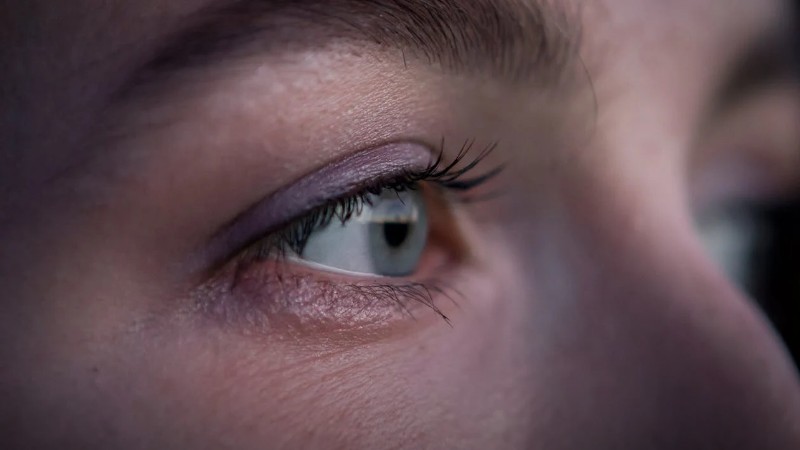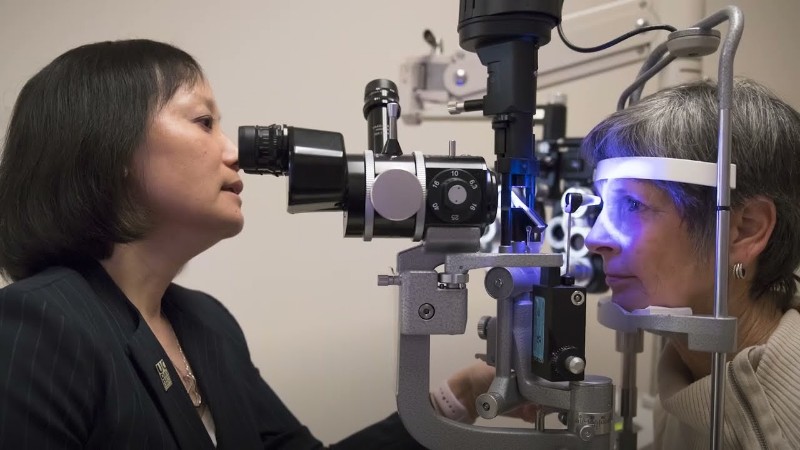With children spending increasing amounts of time on screens for online classes, homework, and entertainment, digital eye strain has become a growing concern. Just like adults, children can experience discomfort such as blurred vision, headaches, and tired eyes after long periods of screen time. The 20-20-20 rule offers a simple and effective strategy to help children reduce eye strain and maintain healthy vision as they navigate the digital world.
Although the 20-20-20 rule is often discussed in the context of adults, it can also be particularly beneficial for children, whose developing eyes are more susceptible to the effects of prolonged screen exposure.
Key Takeaways
Children can reduce digital eye strain by following the simple 20-20-20 rule, which involves taking breaks every 20 minutes to look at something 20 feet away.
- The 20-20-20 rule is beneficial for children because their developing eyes are more susceptible to prolonged screen exposure.
- Parents can help children practice the 20-20-20 rule by setting timers or using apps that remind them to take breaks, and encouraging them to blink more often during breaks.
- In addition to following the 20-20-20 rule, parents can optimize screen settings and position, maintain eye hydration, and get regular eye checkups to protect their children’s eye health.
Understanding the 20-20-20 Rule
The 20-20-20 rule is easy for children to follow and involves taking 20-second breaks every 20 minutes of screen time to look at something at least 20 feet away. These short breaks give their eye muscles the chance to relax and reduce the tension caused by focusing on screens. Children can practice this rule by focusing on a distant object, such as a tree, a picture on the wall, or even looking out the window to help ease the strain.
To make this practice more engaging for younger children, parents or teachers can set timers or use apps that remind them to take breaks. It’s also helpful to encourage them to blink more often during breaks, as this can prevent dryness and discomfort caused by staring at screens without blinking.
Encouraging movement during breaks—like stretching or walking—can further reduce the risk of neck and back pain that often accompanies prolonged screen time. Consistent eye care practices like this can go a long way in maintaining healthy vision, especially for children.
Scientific evidence on the 20-20-20 rule
Although widely recommended by the American Optometric Association (AOA) and the American Academy of Ophthalmology (AAO), there is limited scientific research proving the effectiveness of the 20-20-20 rule.
A 2013 study found that university students who periodically looked at distant objects while working on computers had fewer symptoms of eye strain. A 2020 study showed mixed results—while self-reported symptoms of digital eye strain remained unchanged, clinical tests revealed a significant reduction in dry eye among those who followed the rule.
Though the rule may not completely eliminate eye discomfort, short breaks allow the eye’s focusing muscles to relax, potentially reducing strain over time.
Additional ways to reduce eye strain
Optimize screen settings and position: Alongside the 20-20-20 rule, parents can take additional steps to protect their children’s eye health during screen time. Screen positioning is key—placing the screen about 25 inches away and at a slight downward angle helps reduce neck and eye strain.
Reducing glare is also important. Using anti-glare screen protectors or adjusting room lighting can minimize reflections, while matching screen brightness and contrast to ambient light helps prevent eye strain.
Maintain eye hydration: Digital screens reduce blinking frequency, which can lead to dryness and irritation. Using artificial tears can help keep the eyes moist, particularly for individuals who spend extended hours in front of a screen. Increasing humidity in the workspace is another useful approach.
A humidifier can add moisture to the air, preventing dryness that exacerbates eye discomfort. For those who wear contact lenses, switching to glasses for long screen sessions can be beneficial, as contact lenses tend to worsen dryness and irritation.
Get regular eye checkups: Undiagnosed vision problems can worsen eye strain during screen time. Regular eye exams help identify issues early and ensure prescriptions are current.
If discomfort continues despite following preventive measures, consulting an eye specialist is recommended. They can assess if conditions like refractive errors or dry eye are contributing and suggest appropriate solutions.
Taking charge of your eye health
The 20-20-20 rule is a simple and accessible method to reduce digital eye strain, though scientific evidence on its effectiveness is mixed. While it may not completely eliminate discomfort, taking frequent breaks, optimizing screen settings, and maintaining eye hydration can help improve eye health. For those experiencing persistent symptoms, consulting an eye doctor can provide personalized solutions to prevent long-term damage.















